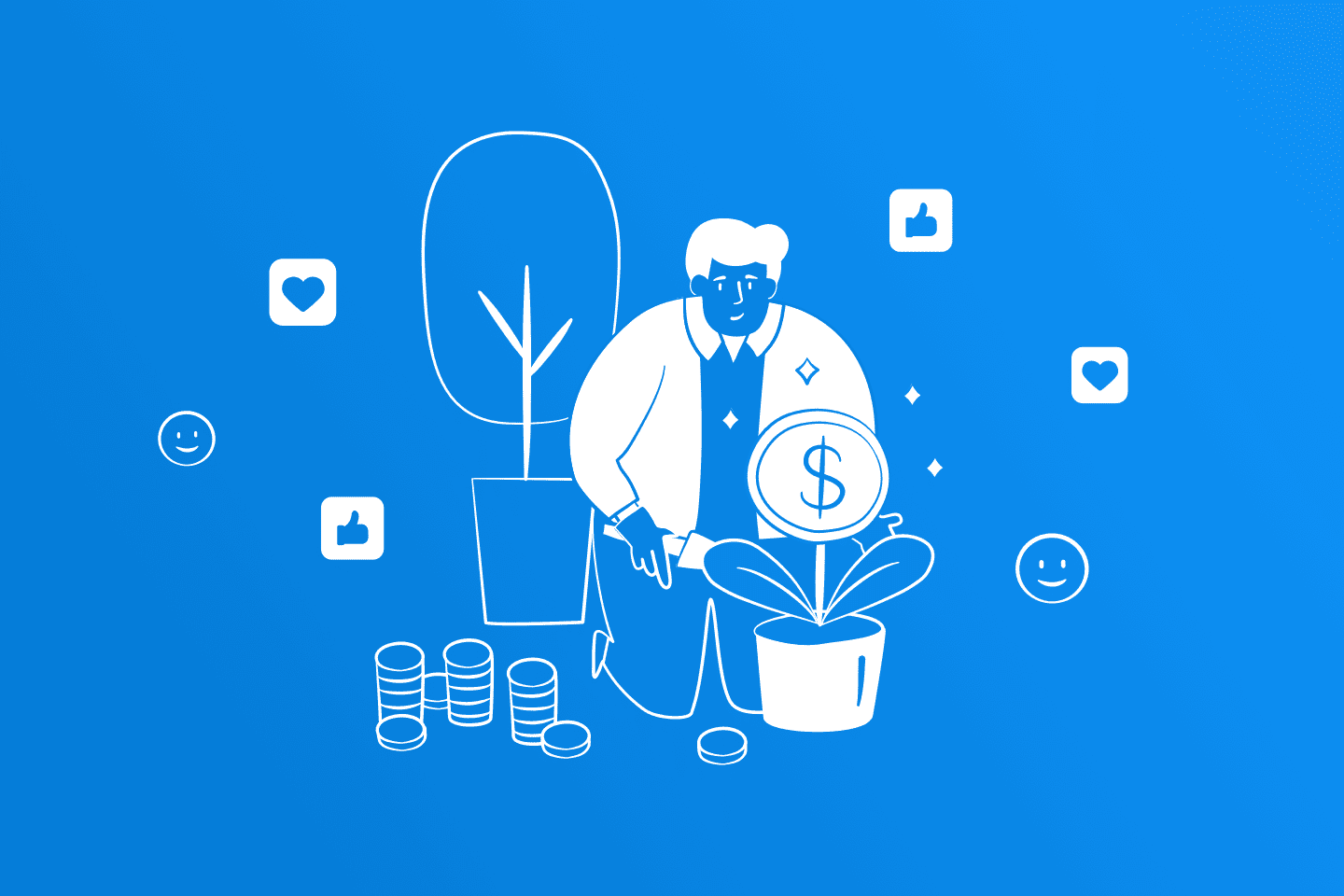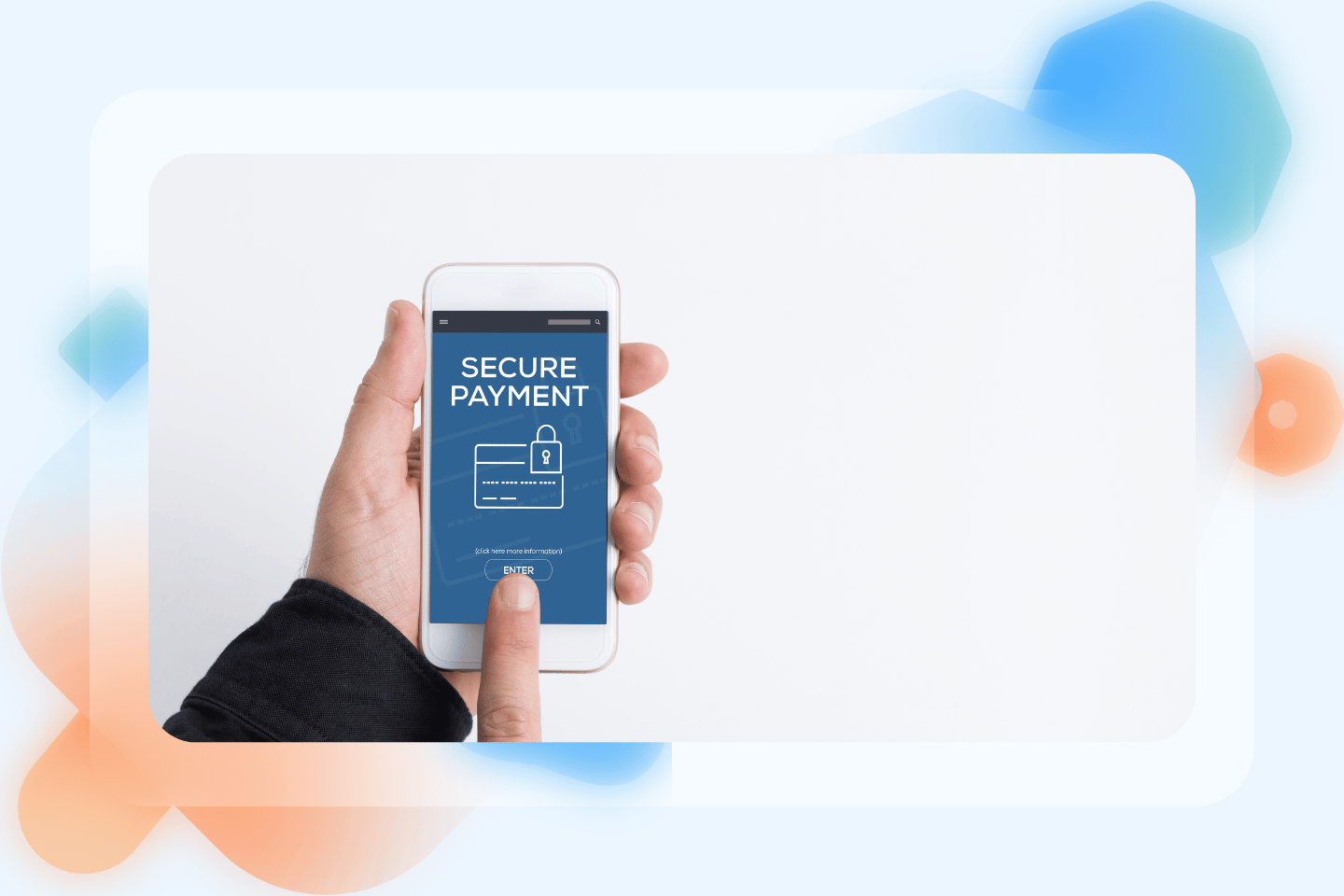The probability of selling to a new customer sits around 5 to 20%.
What does this mean? Repeat customers are absolutely necessary for any profitable business.
Despite that, the average American company loses up to 30% of its customers every year for a number of reasons So essentially, you have to ensure that you have new customers coming in to make up for the ones who churn.
The thing is, acquiring loyal customers who will continue to buy from your business might not be as difficult as it seems.
To build that base of consistent return business, you’ll need a plan that moves customers through each stage of loyalty on the customer journey.
In this post, we’ll discuss just what those types of loyalty are. Plus, learn how you can efficiently move customers down the line to become die-hard fans—and eventually advocates—of your brand.
The Types of Customer Loyalty for eCommerce Businesses
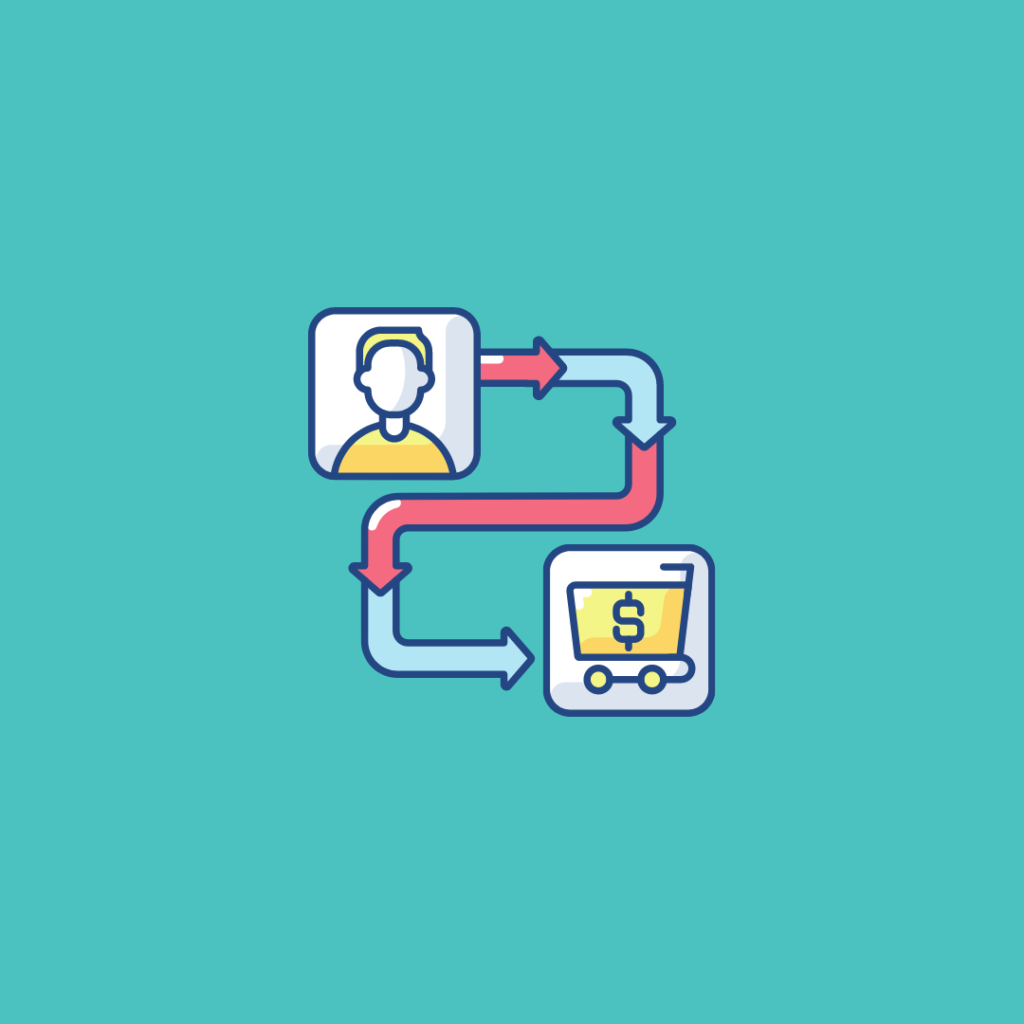
The vast majority of customers don’t go from first impressions to loyal brand followers in one swift stroke. Instead, they gradually move along the customer journey (also known as a funnel to most marketers) as their attitude towards a brand evolves over time.
To help people reach the loyal follower spectrum, it helps to understand the main types of loyalty along the path.
Once you understand the journey, you can craft a better plan around it. So let’s dive in.
Stage #1: Casual Customers (Pre-Loyalty)
The first stage is where the first impressions happen. The types of customers at this stage are just casual shoppers.
A casual customer is one that doesn’t have reasons to stick around yet. They might just be browsing or making their initial purchase, but that’s it. Unless you give them an incentive, most of them won’t come back.
The first step in converting casual shoppers is to craft a stellar first impression.
Strong branding, helpful customer service, and a welcoming tone are all essential pieces of the first impression puzzle.
But a strong first impression only gets you part of the way there.
Here’s what you can do. Before a casual customer leaves your store, you can collect (with their consent, of course!) information that allows you to -contact them and reconnect.
Emails are a prime example of this; there’s a good reason why so many websites have pop-ups encouraging users to provide their email in exchange for something. Some examples are:
- Discount vouchers
- Free shipping vouchers
- Ebooks or infographics with valuable information
Once you have an email address, that customer has officially started their customer journey. From here, you can send newsletters, promotions, and even abandoned cart emails to help move them along to the next stage.
Stage #2: Condition-Based Loyalty
Condition-based is the type of loyalty that most of your repeat customers will fall into. The customers continue to shop at your store from time to time because of different reasons or incentives.
Basically, they’re repeat customers but not necessarily loyal customers.
There are three types of reasons for a customer to fall into this category:
Incentives
Incentive-based loyalty is when customers return to your business because of specific incentives that are unrelated to your product or service itself.
For example, a customer might return to your store because you offer a 10% discount for every five purchases.
The best ways to foster incentive-based loyalty are by starting strong loyalty programs, sending out email discounts, and implementing seasonal or holiday promotions.
Convenience
Convenience-based loyalty is the type that’s most easily swayed by competitors.
These customers don’t return to your business because of incentives, nor do they return because they prefer your product.
Convenience-based loyalty happens when it requires more effort to switch brands than stay with one.
In the brick-and-mortar world, this might be because a grocery store is the closest to a customer’s house.
In the world of eCommerce, a customer might continue to return simply because they’ve always used a particular store, or because their payment info is saved in the store’s database, making the checkout process faster.
Because convenience-based customers are the easiest to sway, the best approach is to usher them into another form of customer loyalty. You can do this through special promotions, loyalty programs, or by improving your product so that it stands above the crowd.
Product/Feature-based
Feature-based loyalty is one of the strongest types. In fact, it’s a great stepping stone into stage 3.
Customers keep working with your brand because your product or service has something that competitor products don’t.
This could be as simple as a better built, more reliable quality, or it could even come down to your unique selling proposition (USP).
Since this type of loyalty relies so much on the product or service itself, it’s also one of the hardest to sway.
To keep customers in this category, you’ll want to make sure your business is ahead of competitors.
Always seek to continue improving current features and keep asking yourself what your brand can offer that the rest can’t.
This doesn’t have to mean reinventing the wheel, either. If you sell products online, this could be as simple as optimizing shipping times, revamping your quality control, or upgrading your customer support.
Condition-based loyalty vs. “True” loyalty
Moving new customers along the path to condition-based loyalty is a great step. But since these customers aren’t loyal to your brand itself competitors will still have an easier time swaying them by offering equal or better incentives.
The best way to combat that?
Move your customers along to the next and final stage of loyalty.
Stage #3: “True” Brand Loyalty
“True” brand loyalty is the final stage of customer loyalty.
These are the customers who are diehard loyal to your brand. It will take a lot for competitors to sway them, so they’ll often stick with your business through the rough patches.
When someone “swears by” a company or store, this is the category they tend to fall in. (Though it can also mean they fall into the feature-based category)
Over time, people in the condition-based loyalty category will naturally shift over to true brand loyalty, especially if you’re able to deliver according to their needs and tastes. Aside from offering a stellar product and creating a strong brand, there’s no real secret ticket to quick loyalty.
The best approach is to give them reasons to stay loyal.
Show them that their voices are heard, offer incentives, and continue outperforming your competitors in the same way that led them to you in the first place.
With all of that being said, there are still some best practices that can help you earn that loyalty more reliable.
5 Customer Loyalty Strategies
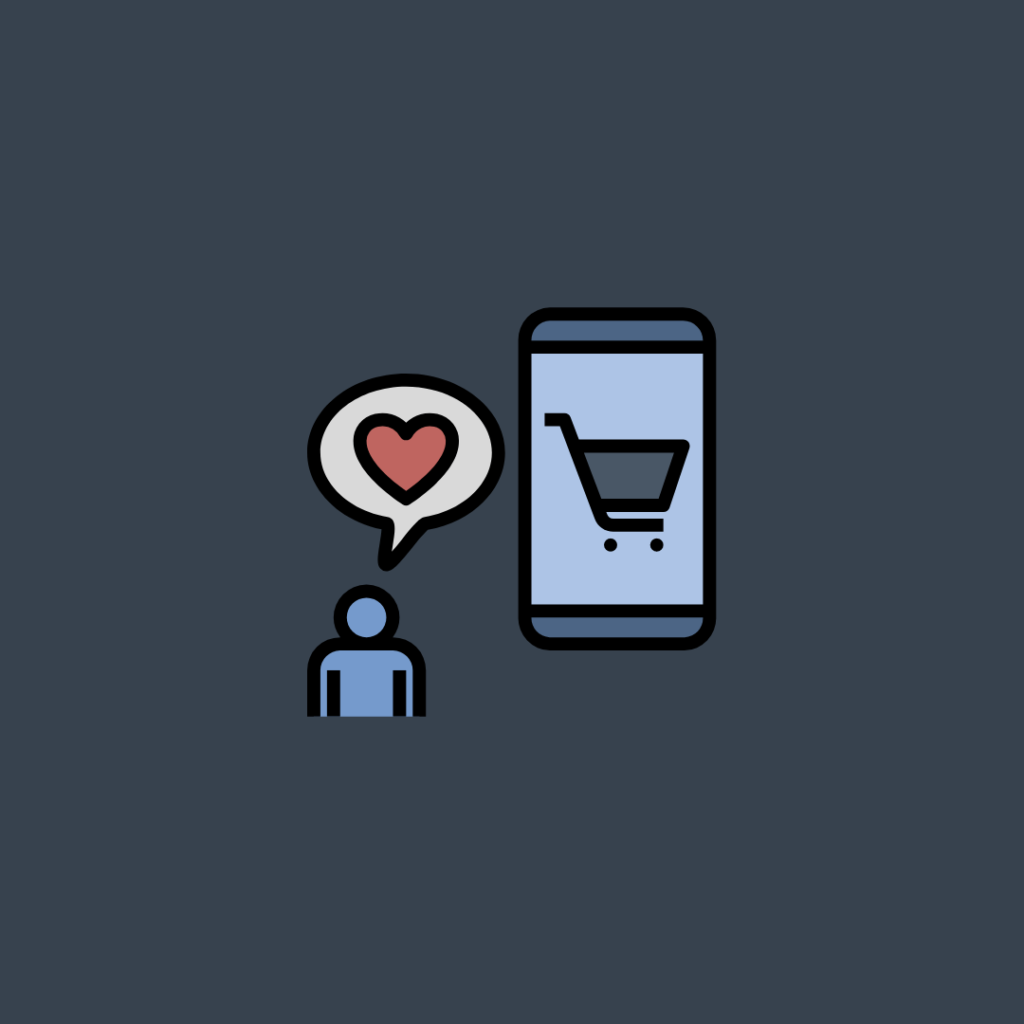
Develop an email marketing (& re-marketing) strategy
Email marketing is one of the most effective ways to capture repeat customers.
Newsletters, for example, are great ways to provide long-term value to customers and keep them in the loop while keeping your brand at top of mind. Another great way to use email is to re-capture lost customers using discount offers. Take a look at how Uber Eats uses email to bring lost customers back into the loop.
Basically, the great thing about email marketing is how it can engage customers no matter what stage of the customer journey they’re in.
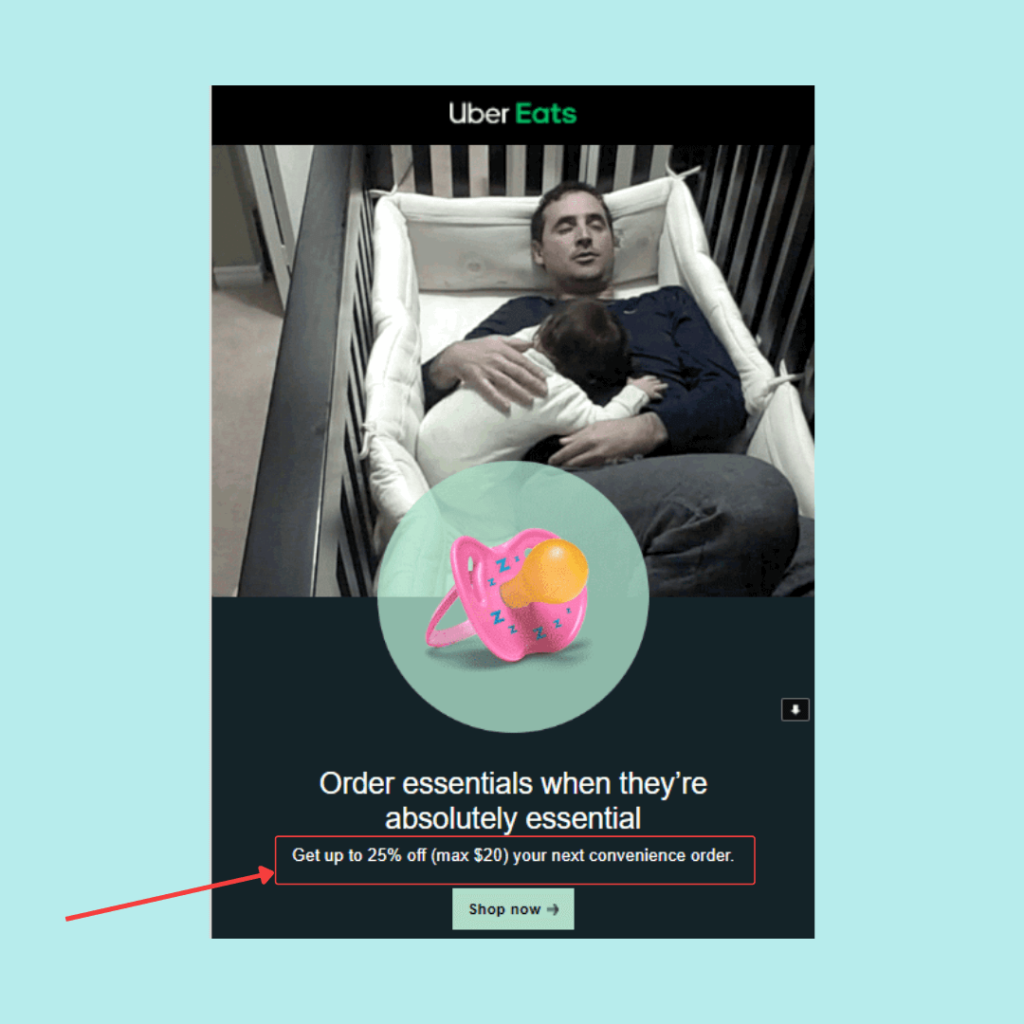
This is why it’s so important to collect customer emails—whether through discount offers or thank you pages.
Involve your brand in the community
Direct community engagement is an unsung hero in the world of customer loyalty.
When brands directly communicate and respond to followers, it shows them that the business has consumers’ interests in mind.
Community contests are a great way to do this.
Or even just giving short and simple responses to users on platforms like Twitter. Take a look at this shining example:
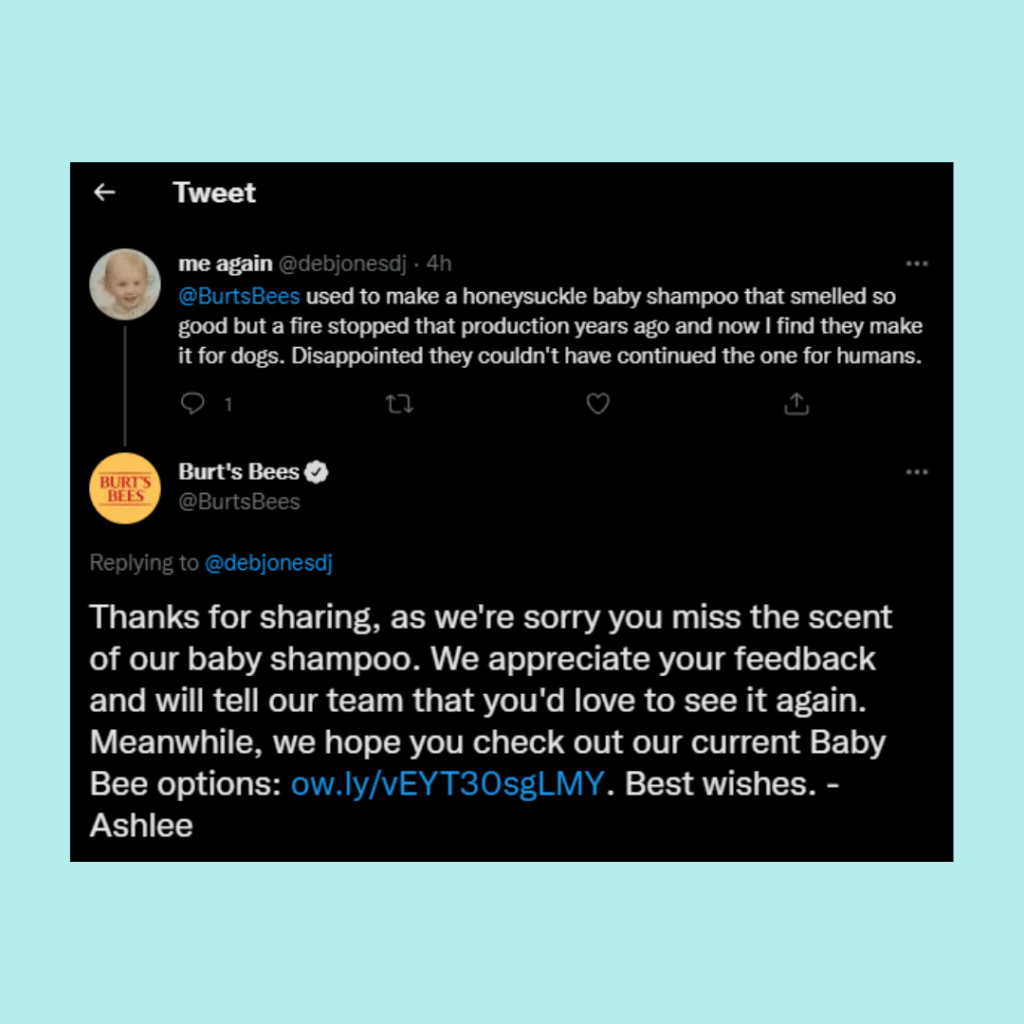
Burt’s Bees is a brand that gives special care to respond to feedback and comments on social media, and that community engagement has paid dividends in helping to grow the company.
Offer direct incentives to your customers
Direct incentives are some of the easiest stepping stones for customers to turn into followers.
Loyalty programs and discounts for returning customers are great ways to do this.
One business model that has exploded in relatively recent times is the subscription-based business, which is excellent at retaining customers.
Take Dollar Shave Club’s growing popularity as a great example of this:
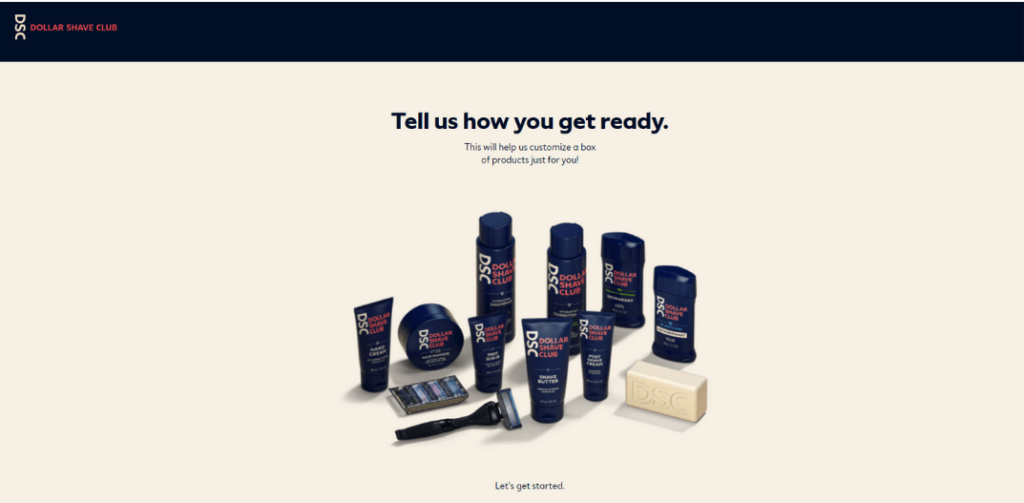
Ensure your customer service is top-notch
Of all the tips on this list, customer service is one of the most critical.
A strong customer support team can make the difference between a negative review or a new ecstatic brand follower
In fact, it’s so important that brands with superior customer service bring in an average of 5.7 times more revenue.
Some great ways to do this are by reducing queue times, integrating live support chat, or outsourcing your customer service to an expert team altogether.
Take customer feedback into account
As mentioned earlier, customers want their feedback to be heard. And the brands that use customer feedback to adapt and improve are the ones that will see the highest number of loyal customers.
Consider sending out customer surveys, collecting customer purchase data, and studying the feedback from negative reviews. Then use that data to improve your approach going forward and give customers more of what they want.
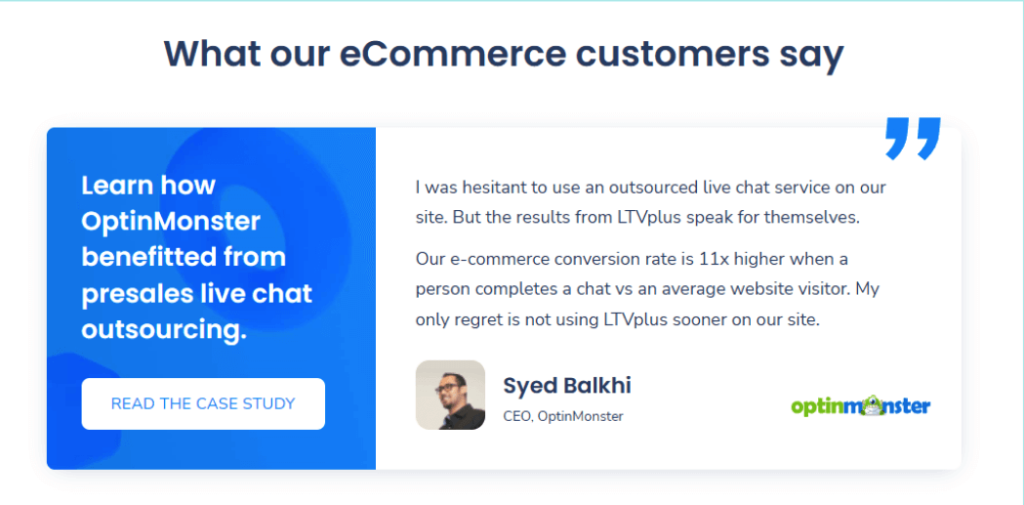
Wrapping Up: Understanding the Types of Loyalty & Customer Loyalty Strategies to Create a Long-Lasting Businesses
An average of 80% of your future profit will come from 20% of your existing customers.
To build a sustainably high-profit business, you need a consistent base of loyal brand followers.
If your product is high-quality, you’re already part of the way there.
The rest of that path can be paved with great customer service, strong marketing, and a well-built plan.
If you found this guide helpful, feel free to read some of the other content on the blog!
What steps are you taking to build a following for your own brand? Let us know the comments below!

